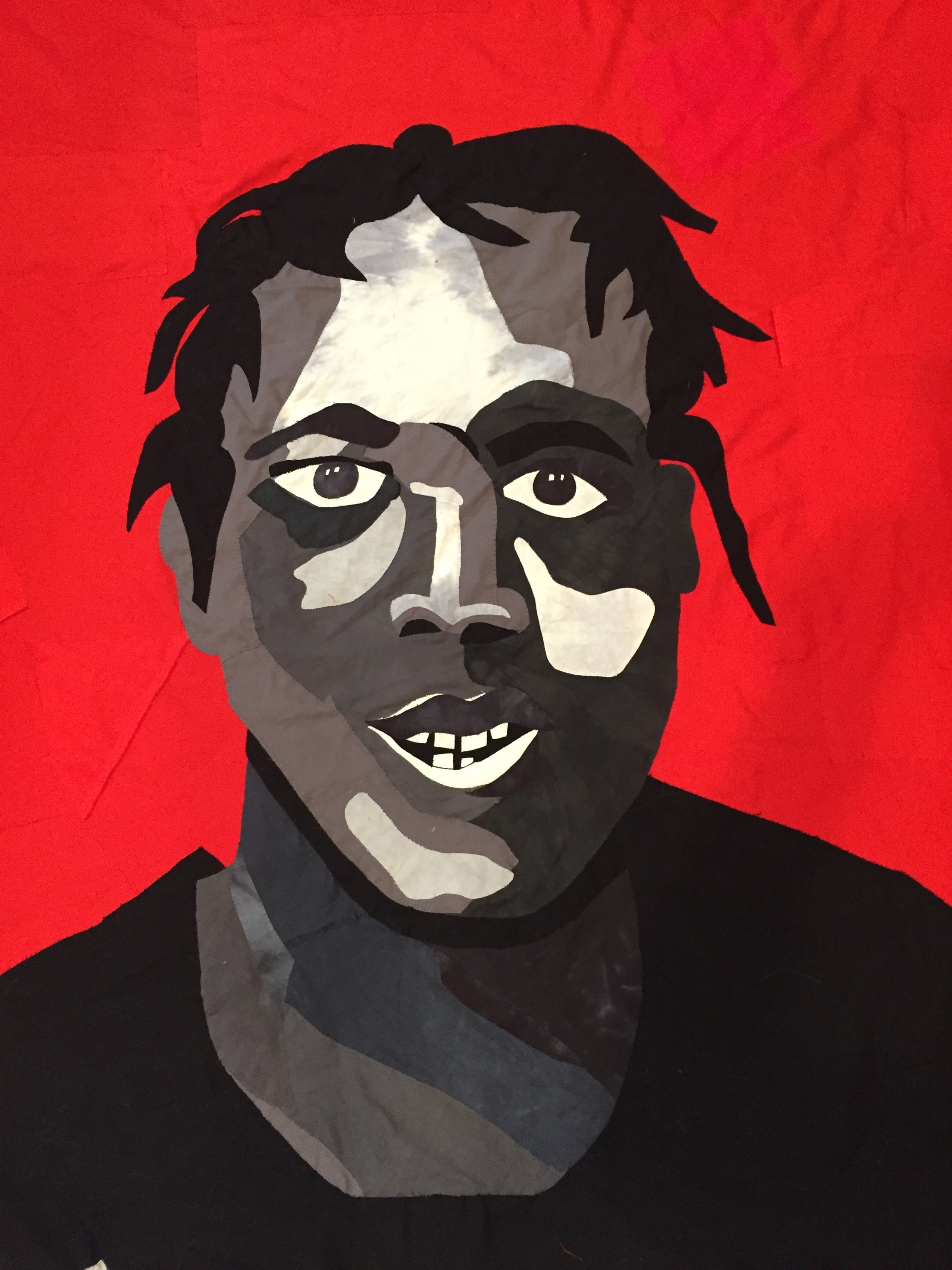DVAA Member since 2023
Carolyn Harper
WEBSITE:
About:
Born in Rochester, NY, I moved to Philadelphia in 1989 to go to art school at the University of Pennsylvania. I have always worked in arts related fields and while much of my time has been spent working to sustain myself, I have always made time for community engagement as well. In the early 1990’s I worked with many in the LGBTQ community to create quilt panels for the NAMES Project AIDS Memorial Quilt. More recently I have volunteered at a local family Shelter to provide art classes for children, and I have created small portraits of residents there which I have then given to them. Currently I volunteer with organizations and attorneys to create change to our system of mass incarceration.
Artist Statement:
My work has a strong social justice component to it as I create images of people or groups who have been marginalized, discriminated against, or abused. Much of my work depicts specific Philadelphians; someone living in an area homeless shelter or on the streets. They provide faces to those who are faceless, nameless and powerless, and bear witness to those who are suffering. The current works are primarily hand sewn, large quilts, often with hand dyed fabric; and hand embroidered batiks. They provide very large, graphic images that call attention to those forgotten by society. They are visible markers that shout out: 'Look at me! See me!'
My experience in working with portraiture and the homeless is that the portraits serve to empower those people depicted. They are able to see themselves through the portraits as not just homeless, or jobless, but as singular individuals with an important story and history. Portraiture is an extremely powerful tool of self discovery. There is something reached, something confronting, something born or remembered when an individual and an artist can coalesce into an honest creative space and energy.
My practice is not only about documenting and creating - it is also about making connections with people, and I have formed deep personal relationships with many of the people whom I have met. My hope is that the work will encourage others to do the same, and that you will see something of yourself in these images, for as Paul Klee wrote, “Art does not reproduce what we see; rather, it makes us see.”


